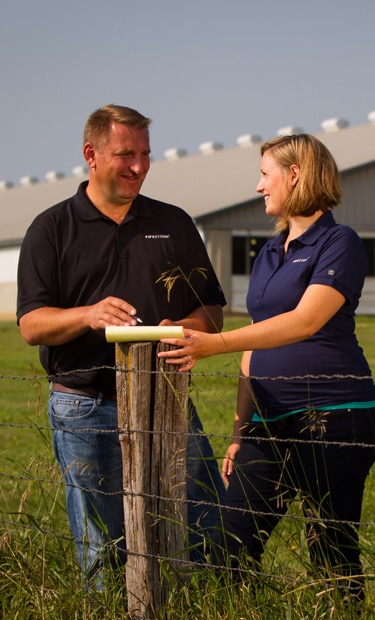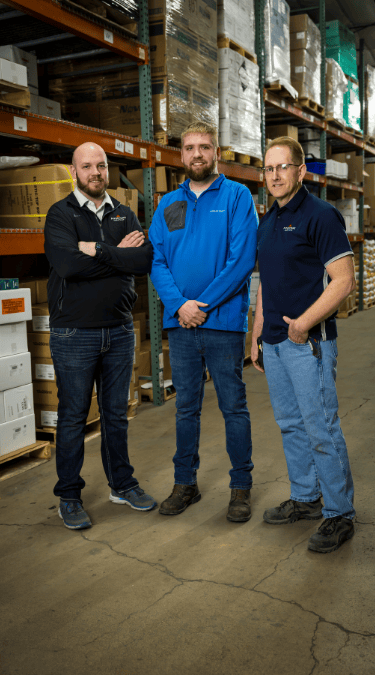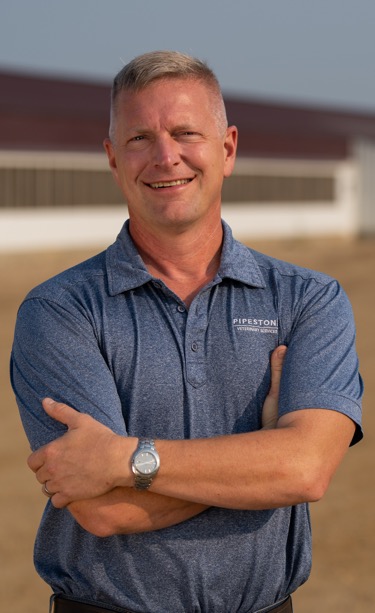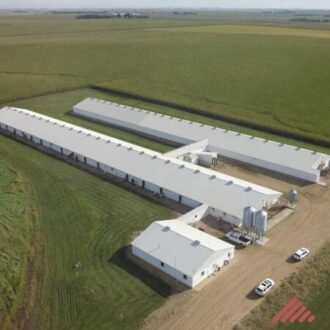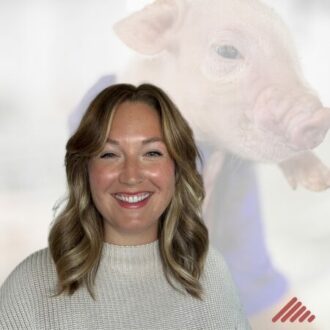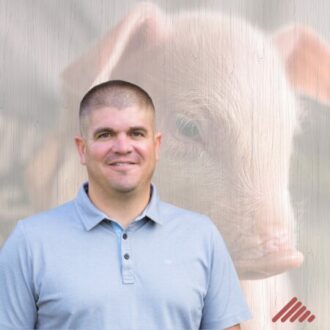I’m an optimistic person by nature, but I’ve had to become more of a realist. This is truer than ever when preparing our business, and our clients, for the potential of a foreign animal disease entrance into the U.S.
In recent months, I’ve pivoted from talking about IF an African Swine Fever (ASF) introduction will happen to WHEN it will occur. The disease’s entrance into the western hemisphere (found in Dominican Republic and Haiti in September) has certainly increased our risk in the US.
Am I giving up hope that biosecurity practices will hold? Nope.
Do I think we can keep ASF out? Maybe.
Would I be willing to literally bet the farm on it? Not a chance.
As a realist (and not a fear monger), risk of infection in the U.S. has definitely increased. How much? Nobody knows. A recent survey of the PIPESTONE veterinarians suggests a 10% chance of US infection. While those probabilities are only estimates and may seem low relative to other agricultural risks, they are certainly worthy of planning given the severity of the production and financial impacts.
Basics of a Foreign Animal Disease (FAD) Readiness Plan
Complete a Secure Pork Supply (SPS) Plan
In the event of an ASF outbreak, all pig movement will stop for a minimum of 72 hours. State animal health officials have stated they will not allow animals to begin moving without a SPS Plan and movement records. The SPS Plan is easy to do and inexpensive. You will need to:
- Request National Premise ID Numbers
- Implement Enhanced Biosecurity
- Conduct Surveillance Sampling
- Maintain Movement Records- very important, see below.
Your Pipestone veterinarian is happy to complete. https://www.securepork.org/
Maintain Movement Records
AgView seems to be the most comprehensive, user-friendly platform, and is encouraged by most packers. If you get wean pigs from a Pipestone Managed sow farm, Pipestone will upload the wean pig data for you. It’s also FREE, so leaves little excuse not to use. You will need to:
- Create an AgView account
- Establish a regular process for updating movement data in AgView. https://www.agview.com/
Manage Financial Risk
COVID showed us just how quickly we can burn through working capital and the importance of a risk management plan. COVID gave us a practice run for dealing with a FAD like ASF. The difference between COVID and an ASF break is that exports will likely cease immediately and lead to a 25% surplus of the US pork supply. Domestic pork consumption hasn’t increased in 20 years, so chances of “eating our way out of it” are dismal. Basic supply and demand rules will create an unfavorable revenue picture for quite some time. Be able to weather. You will need to:
- Manage risk to protect the downside
- Build working capital to weather extended negative margins
- Stress test your financial position
- Update your lender
- Proactively have the conversation with your lender to discuss repayment terms or additional lending that could be accessible during a trigger event
Understand Contract Obligations
To accommodate large investments of financial capital, the US pork industry is full of formal and informal partnerships, contracts and agreements. Many of the formal contracts include force majeure language. In the case where a FAD becomes a force majeure event, be familiar with the details of your contractual arrangements and obligations so you know how flexible you can be to weather difficult times. You will need to review:
- Pig source contracts
- Nursery/finish barn contracts
- Marketing agreements
- Debt agreements
Plan what is difficult while it is easy. You plan for natural disasters through crop insurance, fires through property insurance and fatality through life insurance. Worst case scenario planning for a foreign animal disease should be no different, and in the very best case, it’s just great insurance you hope you never have to use. I’d bet the farm on that.
